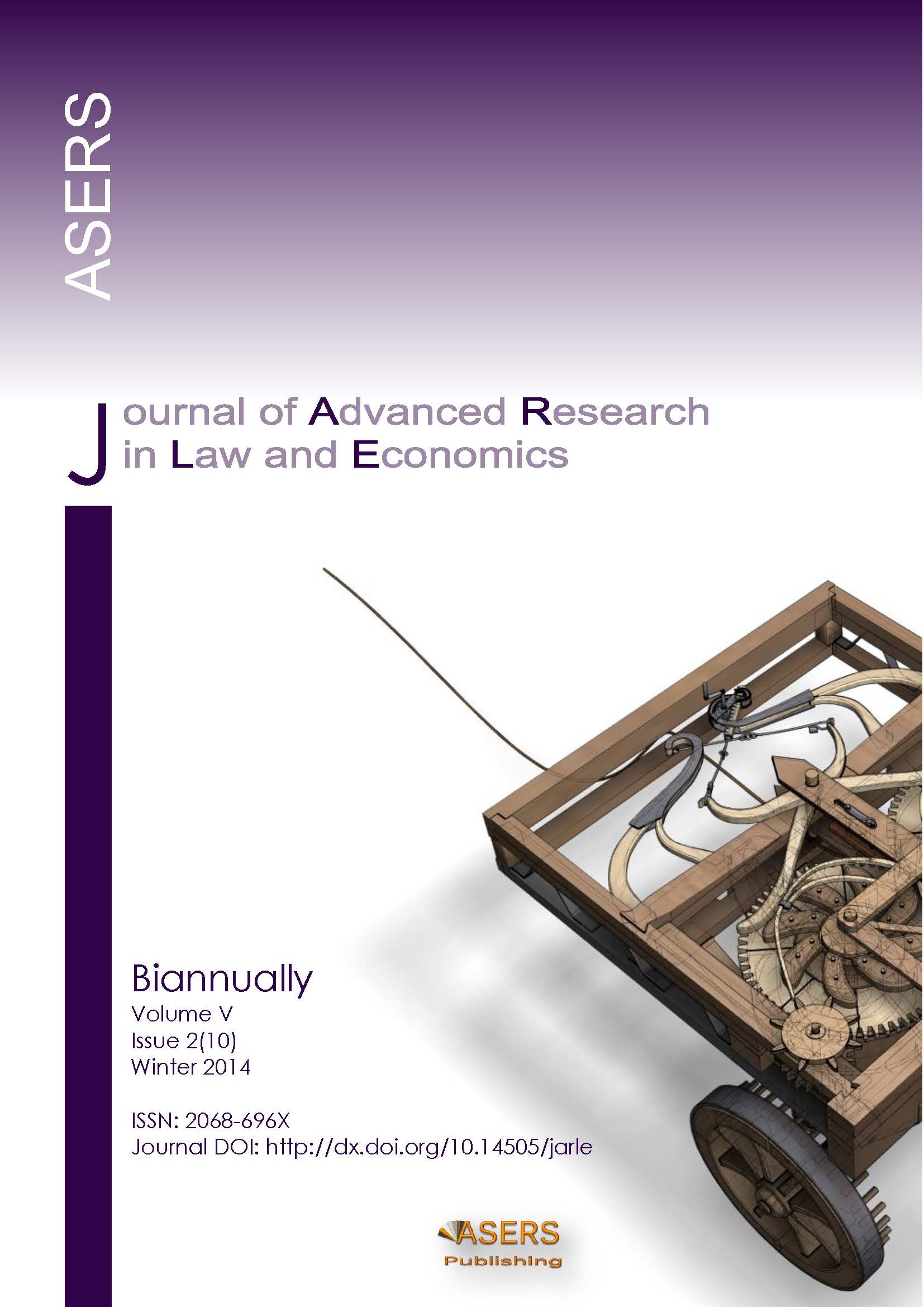State Anti-Crisis Management of Banking Sector:
Looking for Optimization Ways and Contemporary Development Trends
State Anti-Crisis Management of Banking Sector:
Looking for Optimization Ways and Contemporary Development Trends
Author(s): Mikhail Nikolayevich Dudin, Vladimir Dmitriyevich Sekerin, Olga Olegovna Smirnova, Evgenia Evgenevna Frolova, Ekaterina Nikolaevna SEPIASHVILISubject(s): Law, Constitution, Jurisprudence, Business Economy / Management, Law on Economics
Published by: ASERS Publishing
Keywords: banking sector; economic crisis; systemic banking crisis; anti-crisis public management; monetary policy; macroprudential regulation; triple helix model;
Summary/Abstract: The article examines topical issues related to the formation of an effective monetary policy as an element to ensure stability of the banking sector under the conditions of the economic crisis. During the research, the following basic conclusions were drawn. The nature and content of the state anti-crisis management in the banking sector is considered, taking into account current and future changes in the global development of the world economy. The state anti-crisis management in the banking sector should be primarily focused on the control and minimization of the key risks of sustainable national socio-economic development. This is achieved through the systematic use of the monetary policy instruments. Instruments for banking sector regulation are systematized with due consideration of the monetary policy targeting. The choice of instruments for regulating the banking sector, as a rule, is discretionary, thus, the state, represented by bodies of power, when forming approaches to the implementation of effective monetary and macroprudential policies, aimed at ensuring the stability of the banking sector during the economic crisis, should take into account the investment and innovative character of the real economy sector development, as well as social and legal relations in society. Through the buildup of sustainable socio-economic development, as well as the systematization of the regulatory treatment of the banking sector on the basis of monetary policy optimization, author proposes to further improve the development of financial systems of the state as a whole, and the banking sector in particular on the basis of the triple helix model (universities-state-business). In relation to the banking sector, adaptation of the triple helix model means reforming the tripartite institutional interaction by replacement of the real sector with the banking sector, and the public sector – with central bank and the macroprudential oversight bodies.
Journal: Journal of Advanced Research in Law and Economics (JARLE)
- Issue Year: V/2014
- Issue No: 10
- Page Range: 74-81
- Page Count: 8
- Language: English
- Content File-PDF

